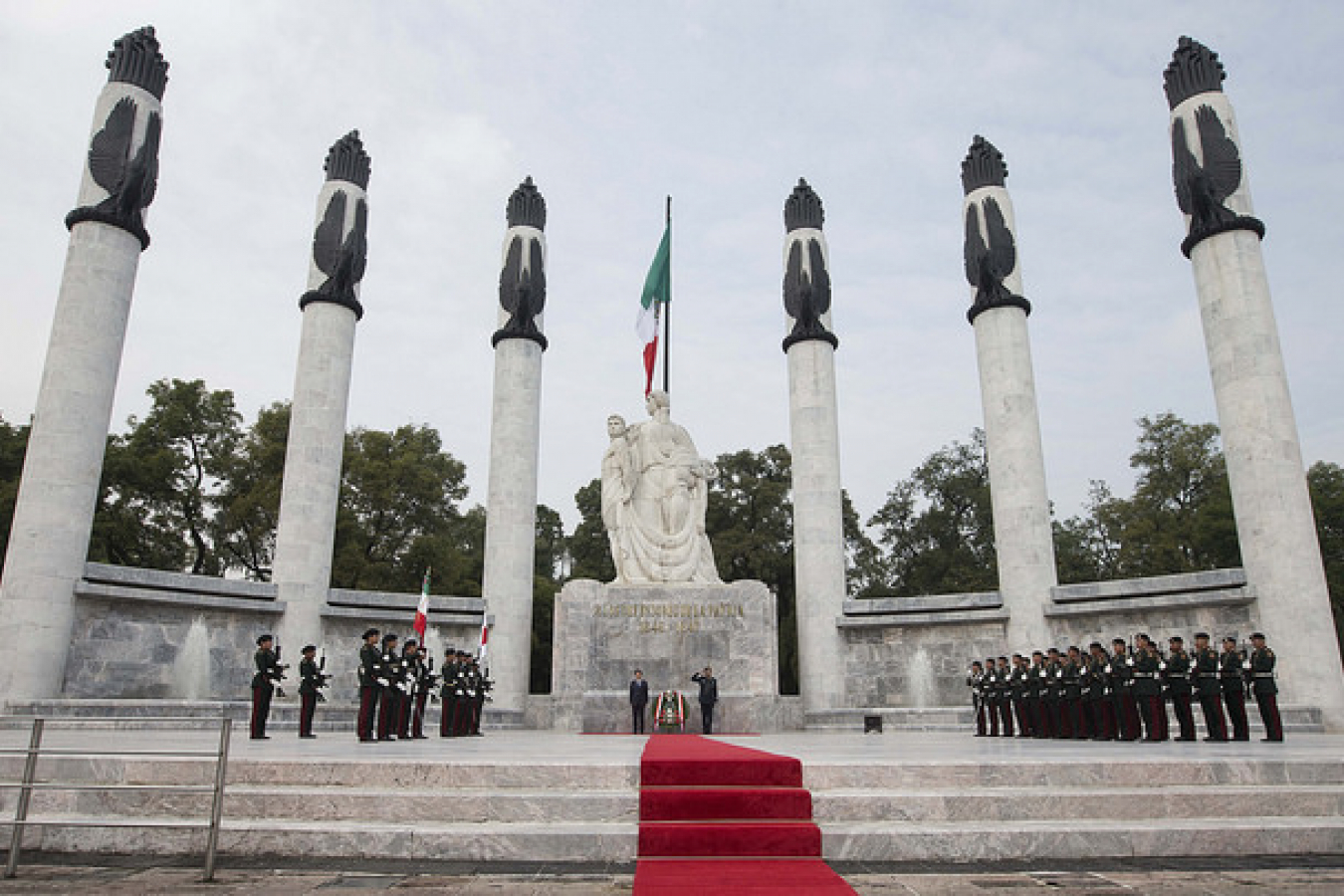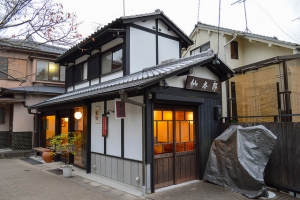Support migrant centric journalism today and donate

Japan is desperate to attract more foreign workers, as it trys to cope with an ageing workforce population. Policymakers in Japan are 'exploring ways to bring in more workers from overseas without calling it immigration policy,' according to a report published by Reuters.
Immigration is a delicate subject in Japan, where Conservatives value cultural uniformity and politicians fear losing votes from workers concerned about losing their jobs. However, amid a tight labour force and a workforce that's continually shrinking, Prime Minister Shinzo Abe's policy team and lawmakers are seriously considering, what they describe as, 'the politically controversial option.'
Liberal Democratic Party (LDP)
On Tuesday, 26 April, leading members of a ruling Liberal Democratic Party (LDP) panel, outlined plans to expand the type of jobs available to overseas workers and double foreign worker numbers from approximately 1 million to 2 million.
In an interview with Reuters, Takeshi Noda, an adviser to the LDP panel stated: "Domestically, there is a big allergy to immigration. As a politician, one must be aware of that."
In the US, the xenophobic Donald Trump has turned immigration into a massive election issue. Japan's immigration history is virtually non-existent with a population that is anti-immigration, which potentially makes ethnic and cultural diversity more of an issue in Japan compared with other nations. In addition, according to the Reuters report, mass migration issues in Europe, does affect the way the Japanese perceive immigration.
Immigration proposals put forward 10 years ago
10 years ago, LDP lawmakers presented similar immigration proposals, which came to nothing. Fast forward 10 years and the labour crisis has deepened, while demographic forecasts have grown increasingly bleak.
Japan has witnessed an economic upturn since Abe took office in December 2012, occurring as a result of rebuilding work in 2011 following the tsunami, plus a boom in construction prior to the 2020 Olympics set to take place in Tokyo. These projects have propelled labour demand in Japan to its highest in 24 years.
While this has contributed to the growth of foreign worker numbers by 40 per cent since 2013, with Chinese nationals making up over one-third of that percentage and closely followed by Brazilian, Filipino and Vietnamese nationals, Japan's visa restrictions mean that overseas workers only account for 1.4 per cent of the country's workforce.
International Monetary Fund (IMF) research shows that nations with advanced economies have a foreign workforce of 5 per cent or more. Japan's lack of overseas workers is largely attributed to its visa restrictions imposed on unskilled workers.
New immigration measures
Currently, measures to increase the number of foreign workers arriving in Japan are focusing on simplifying the entry process for skilled professionals, while expanding its 'trainee' system. However, critics of the trainee system, which was designed to share technology with developing nations, say that it has become a 'backdoor entry for cheap labour.'
On this occasion, proposals put forward by LDP panel leaders extend further to include the acceptance of foreign workers into other industry sectors facing labour shortages, such as nursing and farming – for an initial duration of 5 years, with the possibility of visa renewal.
Additionally, they've put forward the idea of creating a framework, which would see the number of overseas workers doubled. However, highlighting the delicateness of the issue and prior to an upper house election in July, Yoshio Mimura – chief of the LDP panel said: "The proposal should not be misconstrued as an 'immigration policy'. Steps are needed to offset any negative impact on jobs and public safety."
Anti-Immigration and Xenophobic attitudes in Japan
Following an intense debate, in which one lawmaker said the plan would 'leave Japan in tatters,' members accepted that any decision to revise the proposals would rest with panel organisers. Yet, experts say that changes are inevitable irrespective of the 'semantics.'
Former Tokyo Immigration Bureau chief, Hidenori Sakanaka, said: "The government insists it is not adopting an immigration policy, but whatever the word, faced with a shrinking population, it is changing its former stance and has begun to move toward a real immigration policy."
Two cabinet members have already expressed their support for adopting an 'immigration policy,' while some LDP members also favour the idea. Speaking to Reuters, Seiichiro Murakami – an LDP panel adviser – said: "The fundamental problem of the Japanese economy is that the potential growth rate is low. To raise that, big structural reforms including ... immigration policy are necessary."
Prime Minister Abe's strategy focuses on attracting more women and elderly into the workforce, while aiming to boost Japan's birth rate. Publicly the government does not mention an 'immigration policy.'
However, Yoshihide Suga, the Chief Cabinet Secretary and Abe's right-hand man, told Reuters: "We are seeking to mobilise the power of women and the elderly as much as possible, but at the same time we recognise that the acceptance of foreigners is a major issue."
Suga indicated that future discussions would consider the longer term issue of permanent residence for less-skilled foreigners, but noted that caution was required.
According to the Reuters report, Conservatives are likely to oppose major reforms. For instance, one ex-labour minister commenting on an earlier proposal presented by the LDP panel to let in foreign beauticians, said: "The idea to let in foreign beauticians is fine, provided their customers are foreign, too."
However, Mitsuo Igarashi a hairdresser with four barber chairs in a downtown Tokyo barbershop said: "I want to hire barbers, I don't care where they come from. Japan needs more foreigners."





















